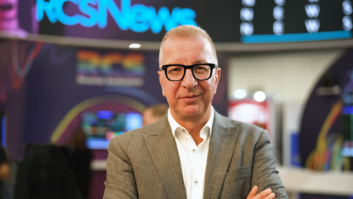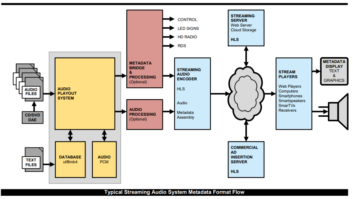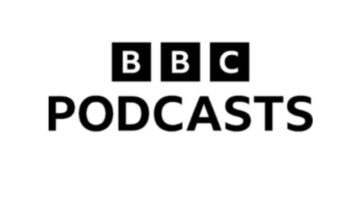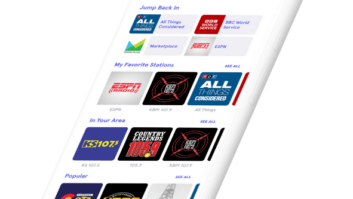Emmis President/CEO Jeff Smulyan is vigorously defending NAB’s campaign to encourage the activation of FM radio capability in U.S. cellphones.
He replied to programming consultant Mark Ramsey, who calls the campaign “weak” and describes it as an attempt to spark consumer interest in the feature. He echoes the wireless industry, CEA and now the RIAA, all of which say consumers don’t necessarily want to listen to radio on cellphones.
Smulyan has been involved in this topic for years on behalf of NAB; he repeated arguments that cell power grids can fail in emergencies while radio stations often stay on the air with back-up generators, and countered the claim that adding a chip is expensive. He estimated the cost at less than 30 cents per device.
“For all of these reasons, we will keep fighting vigorously for our industry, for our audiences and for keeping the public safe, while making sure that those in our industry who don’t understand this issue will keep hearing from us,” stated Smulyan.
Their debate also morphed into a discussion of the value of streaming to a station. Ramsey asks, “Does NAB know the magic of streaming already makes radio available to those same devices, and does so with features enabled by technology that no FM chip can match?” Smulyan replied that, “like thousands of broadcasters,” he’s been doing it for two decades; he said Emmis has invested “millions” in streaming to be where its audiences are, though it hasn’t made money at it.
“Streaming is a one-to-one, interactive medium, which does allow us to do lots of great things, but there is a tremendous cost to that.”
He cites KPWR(FM), Los Angeles, comparing over-the-air transmission costs to reach some 2.8 million people a week vs. streaming costs to reach those same people. “Our annual electric costs from our transmitter are $39,500, a cost that does not rise if we serve one person in Southern California, or all 16 million within the reach of our signal. If we were to take down our transmitter and reach every person we currently reach through streaming, our cost to disseminate the signal would be nearly $1 million per year.”
Consumers haven’t been paying the true cost of streaming; that’s about to change as carriers drop their unlimited data use plans, “admitting that this [data use] growth is unsustainable,” Smulyan said. Phone carriers have told him they deliberately kept radio chips out of U.S. devices because they wanted to sell music downloads, he continued, though they’ve largely abandoned that effort due to weak sales.
Ramsey countered that some broadcasters are in fact making money by streaming — though he concedes it is expensive, blaming record labels for trying to “strangle the online radio baby in its crib” with royalty payments.
Consumers are seeking ways to get streamed personalized music on platforms that are easier than radio to use, he continued. They are paying for streaming, seeking out services like Pandora “in the presence of increasingly capped and pricier data plans.” Ramsey argues Pandora is a “thin stream” of data that would need to be recorded for up to four hours on an iPhone to hit a data cap, assuming no other data use on that device.
“We have to stop seeing the world in broadcast-colored hues and start seeing it the way consumers do,” says Ramsey.
What do you think about this issue? E-mail to [email protected] or post a comment below.











